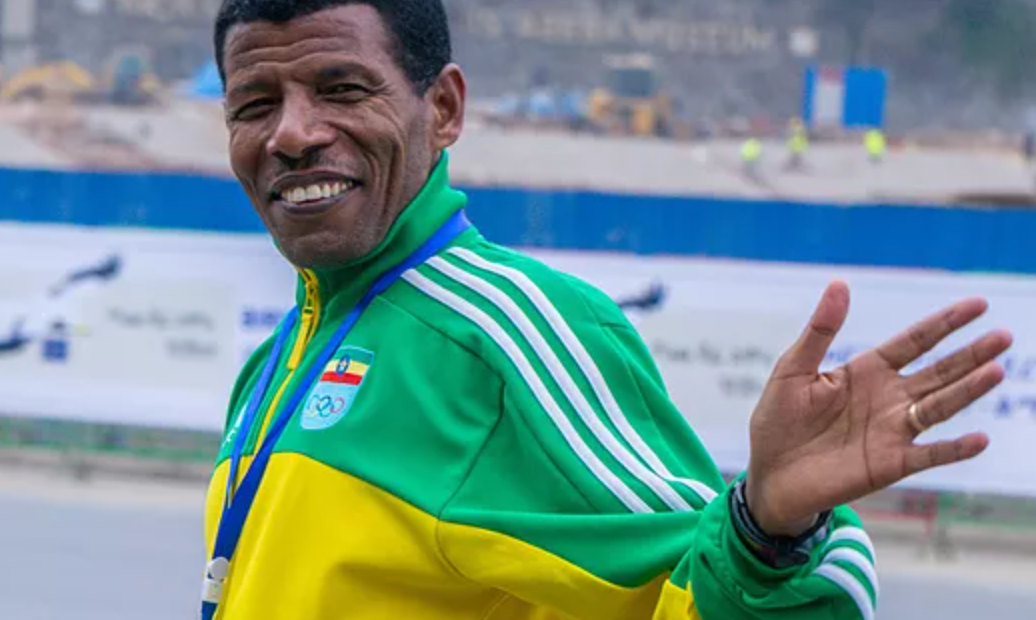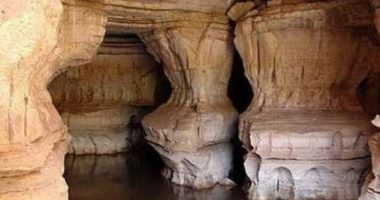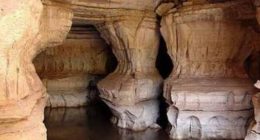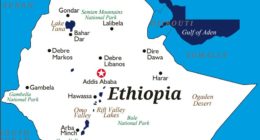The Great Ethiopian Run (Amharic: ታላቁ ሩጫ በኢትዮጵያ) is an annual 10-kilometre road running event which takes place in late November in Addis Ababa, Ethiopia.
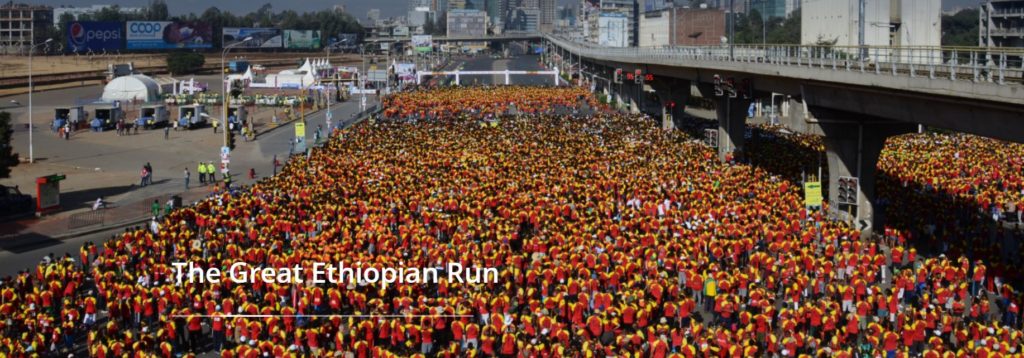
Come and take part in Africa’s biggest road race in Ethiopia’s capital, Addis Ababa – an unforgettable experience.
Celebrated as one of the liveliest and most colourful races in the world, the Great Ethiopian Run is Ethiopia’s biggest street party, with over 40,000 Ethiopians and tourists running, walking and dancing their way along the route, led by Ethiopia’s celebrated international runners.
The race attracts participants of all abilities from all over the world. Many international visitors come to run in the race as part of a longer trip to Ethiopia, staying on to visit some of Ethiopia’s historical sites and national parks. Others come as part of school and charity groups, supporting and building relationships with local projects. Some international runners come just for a long weekend, to experience the running culture in Addis Ababa, visit the markets, traditional restaurants, and music venues, enjoying the buzz of one of Africa’s fastest-growing capital cities.
Haile Gebrselassie, Ethiopia’s most famous long-distance runner, founded the race in 2001 and won the initial race.
Each year, Haile is at the center of proceedings, greeting and meeting many international participants, hosting an array of famous international athletes attending the race and awarding prizes.
The competition was first envisioned by neighbors Ethiopian runner Haile Gebrselassie, Peter Middlebrook and Abi Masefield in late October 2000, following Haile’s return from the 2000 Summer Olympics. The 10,000 entries for the first edition quickly sold out and other people unofficially joined in the race without a number. The creation of the race marked the first time that a major annual 10 km race had been held in the country, renowned for producing world class runners. The day’s events include an international and popular 10 km race and a 5 km women only race.
The elite race attracts a number of prominent runners. Haile Gebrselassie won the inaugural men’s race and at the second edition many of the countries top long-distance runners competed, with Gebre Gebremariam, Sileshi Sihine and Kenenisa Bekele comprising the top three in the men’s race and Worknesh Kidane and Tirunesh Dibaba taking first and second in the women’s race. Although more established competitors do take part, the race is known for highlighting the best of Ethiopia’s up-and-coming running talent – many of the race’s podium finishers, little-known at the time, have gone on to achieve success on the global stage
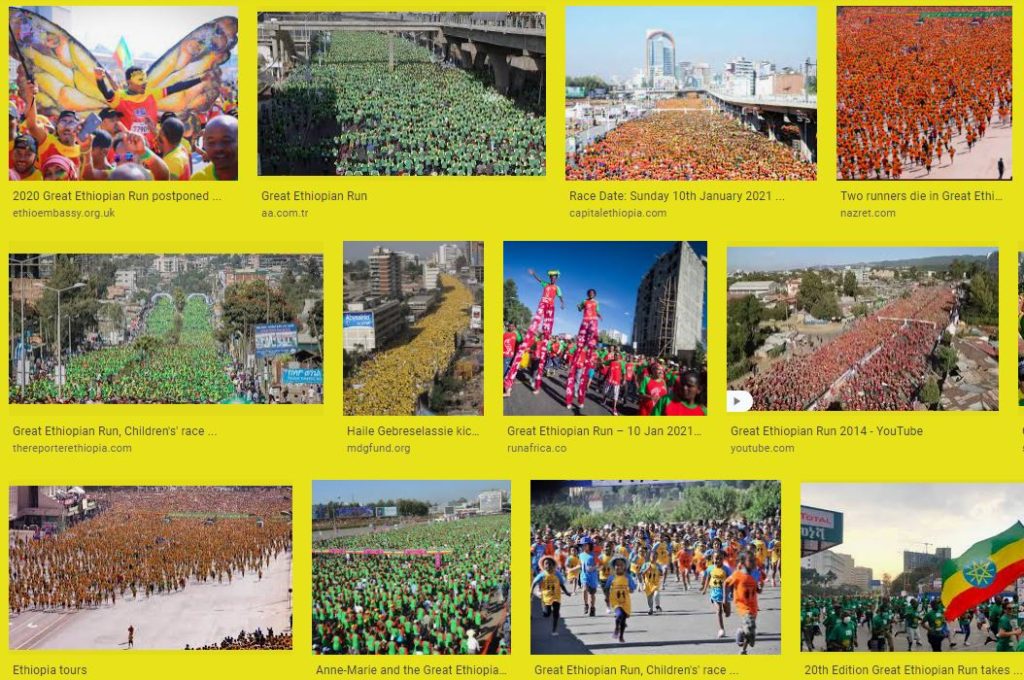
By 2005, the number of race entries had grown to 25,000 participants. There were around 35,000 runners competing at the 2010 edition. The combination of the quality of the national elite field and the time-impeding altitude of Addis Ababa (8000 ft) means that the international race does not attract many elite runners from other countries. Given the prominence of the race and its importance to emerging athletes, the races – particularly the men’s – are hotly contested with large leading packs early on and much physical interaction. Standing in contrast to other large scale running events, fun runners at the Great Ethiopian Run do not typically compete to raise money for charity, but instead compete for their own personal reasons.
The 2016 event saw over 40,000 registrations despite a 6-month state of emergency declared in October following violent anti-government protests. Abe Gashahun and Foiteyn Tesfaye, both relatively new and unknown young athletes, were the surprise winners of the 16th edition of the Great Ethiopian Run 10km international road race which was held on Sunday November 20, 2016.
The competition has had high profile headline sponsors over its history: it was sponsored by Total from 2002–2003, Toyota from 2004–2008, and Ethiopian Airlines has been the current title sponsor since 2009.
